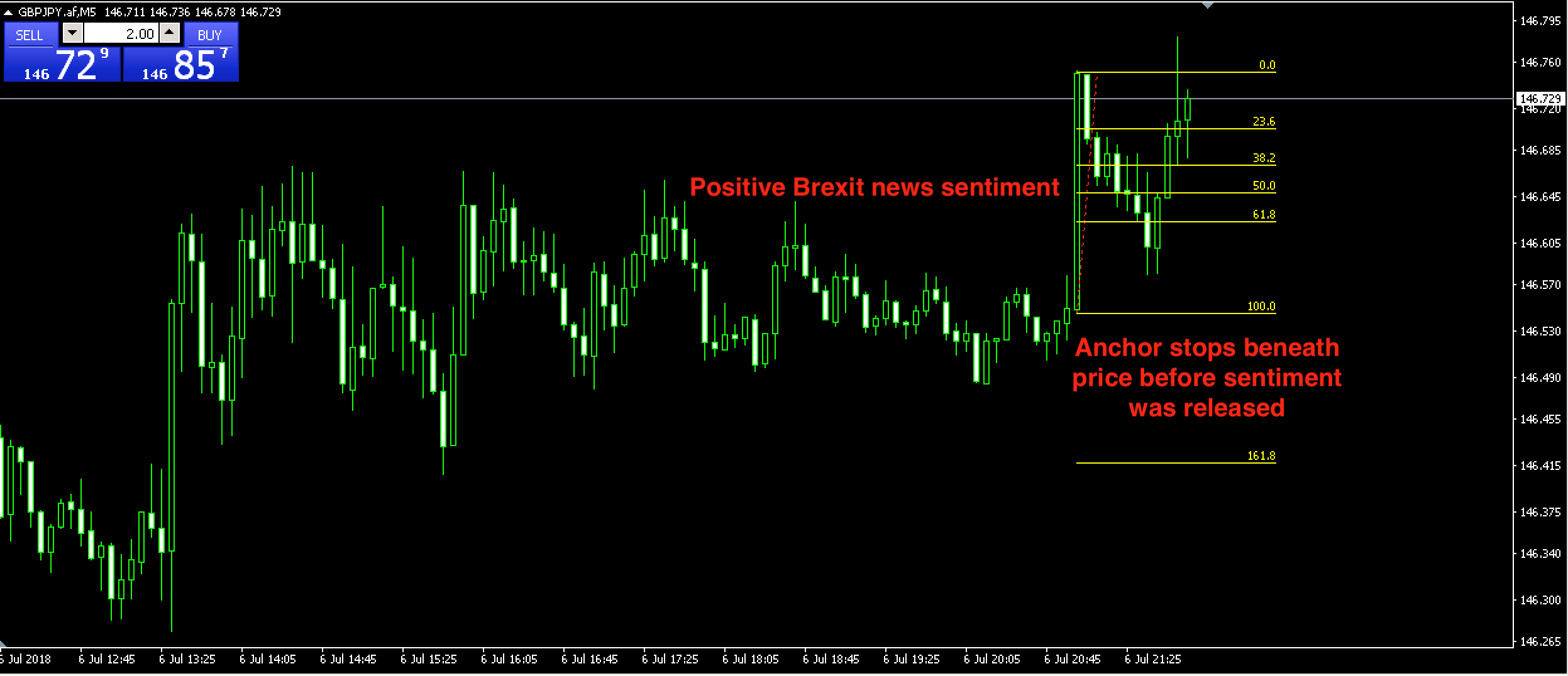Forex education from LegacyFX
There are a number of different strategies that traders use to govern their actions or decision-making. One of the most effective is sentiment analysis, which reflects simply understanding the current mood of the market.
The market, like any person or individual is subject to different moods. Correctly reading the market's mood is crucial in making profit. Now, if you misread a person's mood you may end up accidentally feeling the effect of a person's bad mood.
Take the first step to using sentiment analysis today
In a similar way, if you are unaware of the market's mood or sentiment, then you may end up with a losing trade. The market constitutes an emotional melting pot, prone to wild mood swings which can be overly optimistic or very pessimistic. So how do you correctly read sentiment and keep in step with the market's present mood?
Sentiment is short-term
Before addressing this question, one of the key aspects to realize concerning sentiment is its difference to fundamental analysis. Fundamental analysis revolves around central bank monetary policy, which produce long shifts and price movements influencing the market for days, weeks and even months.
In contrast, sentiment can be affected by a range of different triggers, not just monetary policy, and tends to be only short-term. As a general rule most sentiment lasts from only between 1 and 3 market sessions. The market craves and focuses on the freshest news. New information has the biggest effect on the market as it digests and prices in the new information.
Look at the previous two sessions for significant events
Thankfully, analyzing sentiment is not a mysterious skill. At the start of every session the latest sentiment will be obvious. If you read a previous session summary you will usually become aware of the most significant events that took place.
So, if you are coming to your desk at the start of the US session read through the highlights for the previous two sessions. What significant events have just happened? What was a surprise for the markets?
For example, perhaps the UK's CPI data was released in the London session and it was a surprise beat to the upside. In this scenario GBP would be considered to have a positive sentiment since traders would look to buy up the GBP.
Or maybe there was a political development that weighed on a particular currency. For example, perhaps a Eurozone state was having an election and an anti-European party was just found out be leading in the polls. This would have negative sentiment for the EURO.
Pair currencies with positive sentiment against currencies experiencing negative sentiment
Continuing with the example above, you would have discovered the market's mood on two currencies. Firstly, the GBP - the beat in CPI data would mean the GBP will almost certainly be bought up in the coming session, pullbacks in the GBP would most likely find buyers.
The Euro would most likely be being sold as the market fears another country pulling out of the Eurozone. Any rally would be sold. So, by analyzing the sentiment or mood of the currencies you have a good pair to trade. EUR/GBP short.
Use sentiment to anchor stops
So, let's assume you have analyzed the sentiment of two opposing currency pairs. In this case the EUR/GBP pair. How can you use that knowledge of sentiment to place your stops in an intelligent place. Again, this involves quite a simple approach.
Place your stops above the price before the sentiment catalyst was released. So, for example, let's say that before the UK's CPI data release the EUR/GBP was trading at 0.8800. If you placed your stops above that level then you would know, for that price to be breached, your sentimental analysis would have to be wrong. In the example below the GBP/JPY pair rallied into a Friday's close on the 6th of July 2018 on some positive Brexit news.

Different ways of using sentiment
Sentiment comes in different varieties and below is a brief list of some of the most common types of sentiment:
Buying the rumor sell the fact
When positive data is released yet the currency falls - this happens when the market has been expecting a certain outcome for some time. As soon as the data release is confirmed the market simply 'sells the fact'. Watch out for this sentiment when a certain outcome is expected and happens just as forecast.
Fading sentiment
This is when you use the short-term sentiment in order to get into a trade at a better price in line with the fundamentals of a currency. So, you are said to 'fade' the move.
If something can't rally on good news
Another market maxim is that if something can't rally on good news it is a good indicator that lower prices are ahead. This is linked to the heading above, fading the sentiment, as traders take advantage of all positive sentiment to fade in line with the broader direction of the market.
Overbought and oversold conditions in the Commitment of Traders Report
The COT report indicates the positions of traders. Whenever you see a fundamental shift in monetary policy that catches traders unawares you can have quick adjustments in price. When you have traders heavily positioned to one side of a trade buying a certain position and then monetary policy shifts many of those traders will be unwinding their positions.
This is a sentimental shift that you can take advantage of. A similar sentiment trade would be with traders taking profit on overbought or oversold positions.
Risk-on and risk off markets
In a risk-on environment, traders rush to buy the traditional safe haven currencies like JPY, CHF and the USD. Conversely, AUD and NZD will not be bought. If you come to the market and find a risk on sentiment is in play, then you will want to make sure you are not entering into any short JPY trades.
Sentiment is simply the mood of the market. Understanding that mood will help you not only stay on the right side of the market, but also help you to have the correct expectations of what is influencing the mood of the marketright now.
- Article provided by LegacyFX. Click here to visit the broker's site.





